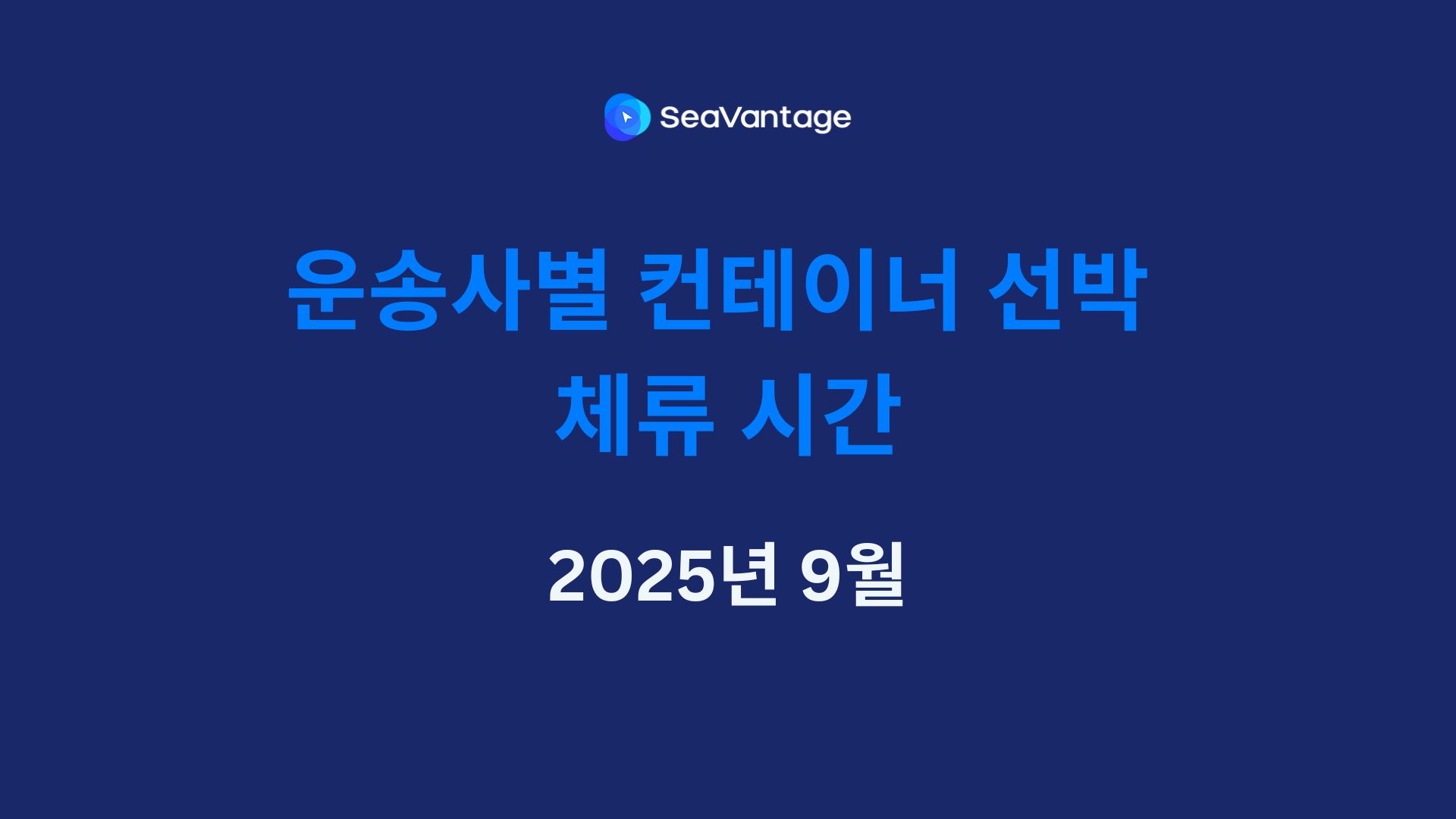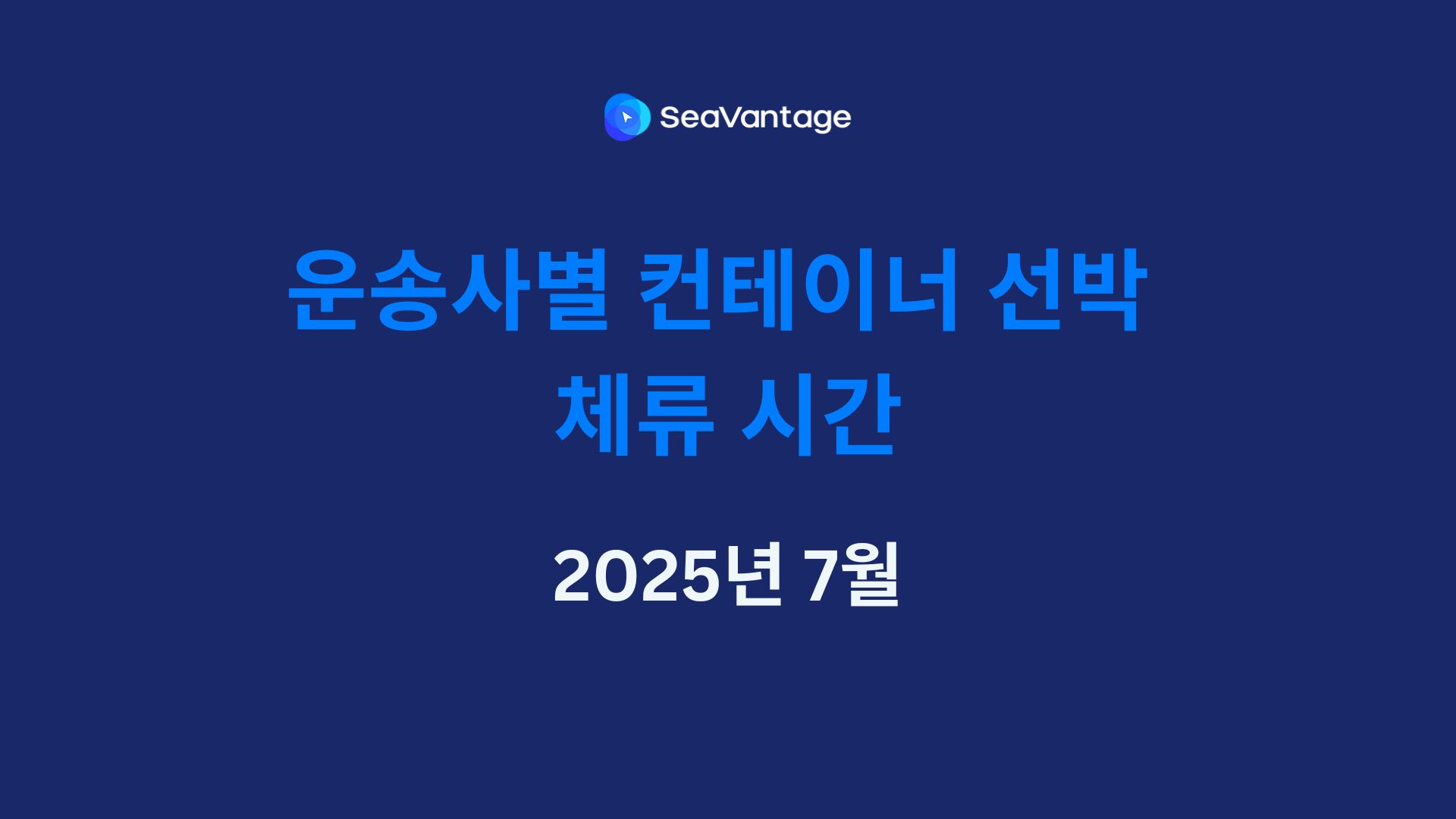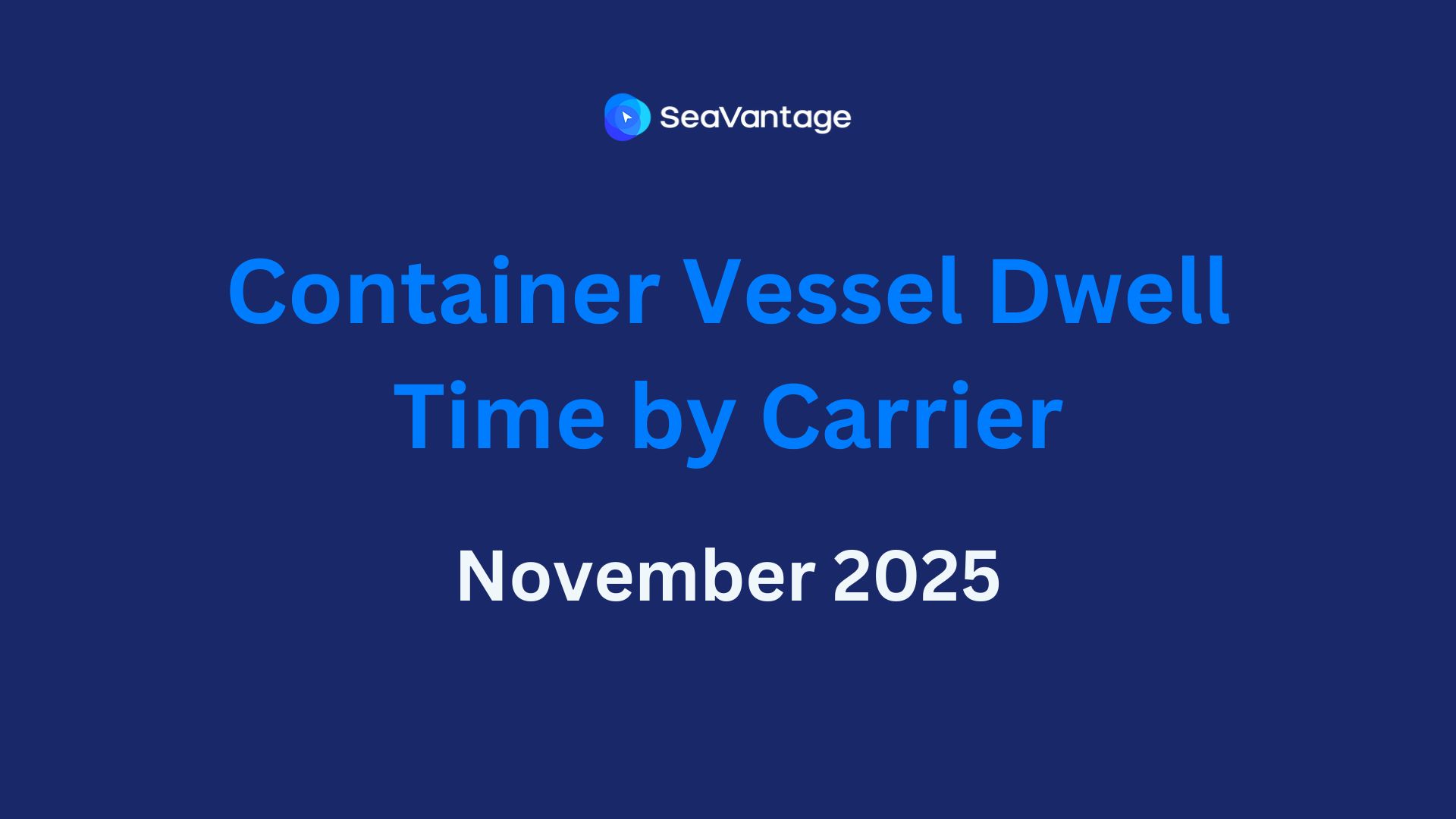The Growing Need for Smart Container Monitoring 2024

Recent maritime incidents show how vital advanced cargo monitoring systems are. The container ship Rhine Maersk found dangerous temperature spikes in five charcoal containers. This shows how fast a routine shipment can turn into a life-threatening emergency. With global shipping volumes at record highs and diverse cargo types, the need for smart monitoring is more urgent than ever.
The maritime industry faces big challenges in keeping cargo safe. Temperature-sensitive goods, hazardous materials, and perishable items need constant watch. Old monitoring methods can't handle these complex needs, making new IoT solutions essential.
Maritime safety statistics highlight the urgency:
- 70% of container ship fires start in cargo holds
- Temperature-related incidents cause $1B+ in annual losses
- Real-time monitoring can reduce accident rates by 65%
IoT Solutions for Maritime Safety
Modern IoT technology offers advanced monitoring that changes how we ensure container safety. Let's look at each key monitoring feature:
- Real-time Temperature Tracking
Temperature changes can be disastrous for sensitive cargo and can start chemical reactions in hazardous materials. An IoT device can spot potential hotspots early. This is especially important for self-heating materials like charcoal or chemical compounds.
- Humidity Level Monitoring
Too much moisture can damage cargo, cause mold, and harm container structures. Attaching an IOT enabled tracker is crucial for materials that need specific humidity levels, like electronics or agricultural products.
- Impact and Shock Detection
Shocks or vibrations can damage cargo and containers. IOT Data on shocks helps identify damage points during transport. It also guides better handling practices through route analysis.
- Door Status Alerts
Unauthorized access or open doors are big safety and security risks. An IoT device with GPS tracking helps track any unauthorized access. This boosts both security and safety measures.
- Location Tracking
Knowing your cargo's exact location is key for logistics and safety. SeaVantage tracks cargo with both device and bill of lading data. It also monitors container movements and detects unauthorized changes.
Advanced Monitoring Features
SeaVantage's IoT cargo monitoring solution offers full visibility through:
Continuous Environmental Monitoring
- Temperature sensors
- Humidity tracking
- Real-time alerts for threshold breaches
Comprehensive Location Tracking
- GPS-enabled container tracking
- AIS & carrier data combined capabilities
- Route optimization
Data-Driven Insights
- Predictive analytics for risk assessment
- Historical performance tracking
Real-World Impact: Case Studies
Rhine Maersk Incident
The recent Rhine Maersk case shows the importance of early detection systems. When temperature spikes were found in charcoal containers, quick action prevented a disaster.
"The crew was safe, and the vessel was in stable condition... After detecting the smoke, the crew acted swiftly and followed all necessary safety and firefighting procedures." - Vessel Owner Statement to WorldCargo News

Maersk Frankfurt Fire
The tragic Maersk Frankfurt fire in July resulted in one crew member's death. It shows the devastating effects when monitoring systems are not in place.
The Future of Maritime Safety
The maritime industry is quickly adopting IoT technologies to improve safety and efficiency. SeaVantage's solution combines proprietary data analytics, tracking data from the vessel, location information from the carrier, and the IOT device to ensure there are no blind spots.
Frequently Asked Questions
Q: How does IoT container monitoring prevent fires?
A: IoT sensors watch temperature and conditions closely. They alert operators before it's too late.
Q: What types of cargo benefit most from IoT monitoring?
A: Chemicals, organic materials, and temperature-sensitive goods are at high risk. But, all shipments can be safer with monitoring.
Q: How accurate is real-time container tracking?
A: Modern IoT systems track locations at customizable time intervals set by the user.
Don't wait for an emergency to protect your cargo and crew. Contact SeaVantage today for a demonstration of our IoT container monitoring solution.
2025년 9월, 주요 글로벌 항만에서 어떤 운송사가 가장 긴 선박 체류 시간을 기록했는지 확인해보세요. 트렌드를 비교하고, 지연을 파악하며, 전체 항만 데이터를 통해 운송 전략을 최적화할 수 있습니다.
2025년 8월, 주요 글로벌 항만에서 어떤 운송사가 가장 긴 선박 체류 시간을 기록했는지 확인해보세요. 트렌드를 비교하고, 지연을 파악하며, 전체 항만 데이터를 통해 운송 전략을 최적화할 수 있습니다.
2025년 7월, 주요 글로벌 항만에서 어떤 운송사가 가장 긴 선박 체류 시간을 기록했는지 확인해보세요. 트렌드를 비교하고, 지연을 파악하며, 전체 항만 데이터를 통해 운송 전략을 최적화할 수 있습니다.
Explore November 2025 global port dwell time data. See which ports and carriers led in efficiency across Antwerp, Busan, Long Beach, Rotterdam, and Singapore.
See which carriers experienced the longest vessel dwell times at major ports in November 2025. Uncover congestion trends and leverage detailed port data to optimize your shipping operations.
Discover how RTTVP is a game-changer for Logistics Service Providers. Learn the 5 core benefits, from B2B customer experience to predictive operational planning.



.svg)



.jpg)



.png)